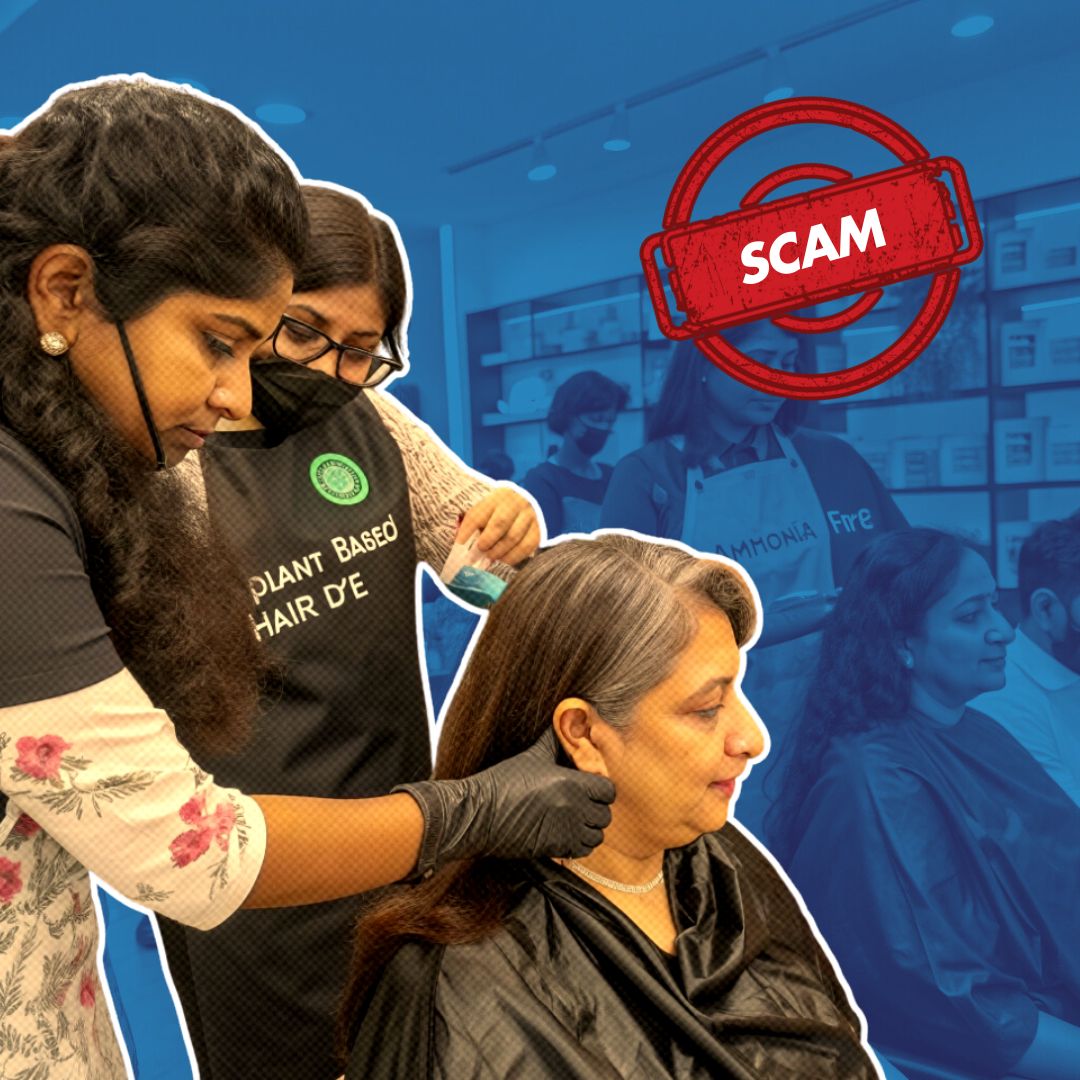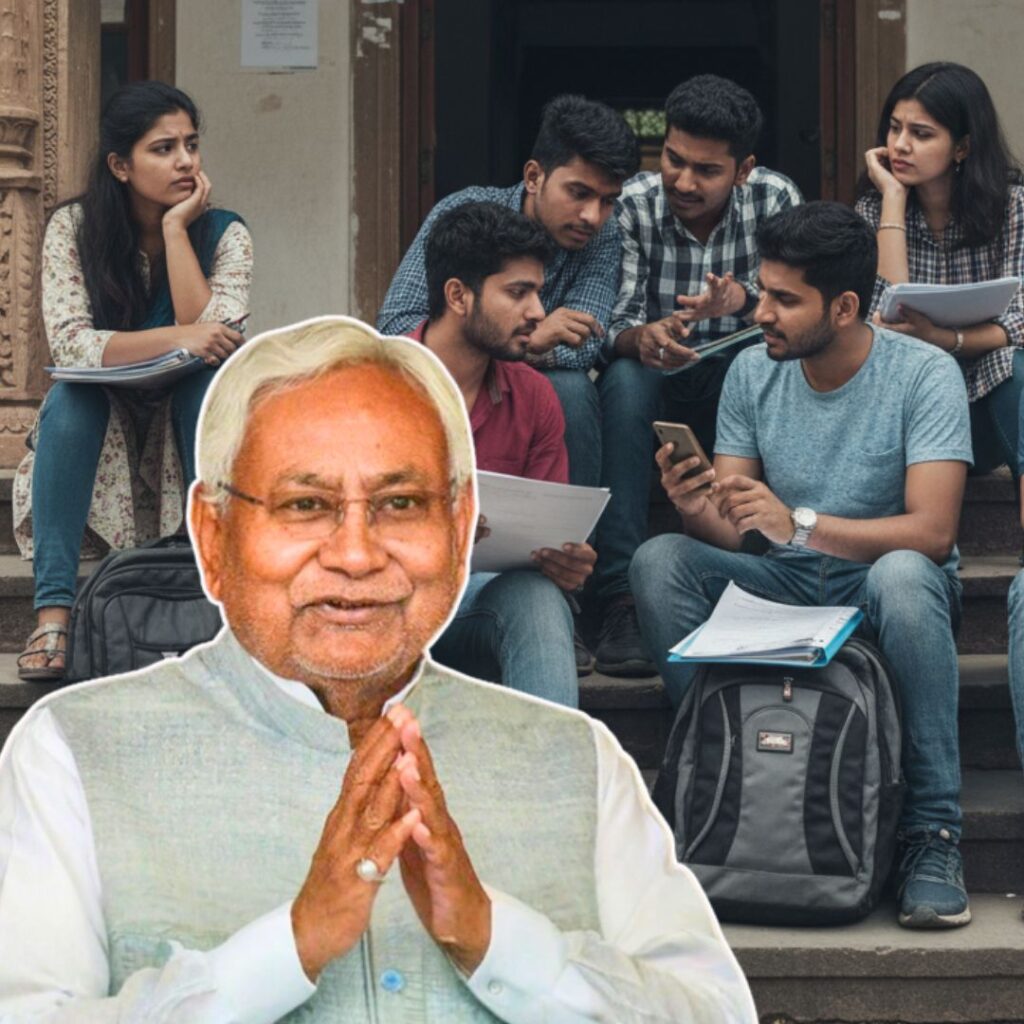Recent advisories from global health agencies and dermatology experts underscore the importance of consumer safety in hair dye usage, highlighting both chemical and natural options.
The European Union’s Scientific Committee on Consumer Safety (SCCS) has reaffirmed the safety of certain hair dye ingredients within regulated limits, while the US FDA continues to stress patch testing and careful product selection.
With the rise of ammonia-free and plant-based dyes, consumers are urged to prioritise scalp health, follow expert advice, and report any adverse reactions to ensure safe hair colouring practices.
Regulatory Safety and Industry Trends
The SCCS has recently concluded that ingredients such as HC Red No. 18 and HC Yellow No. 16 are safe for use in hair dye products at specified concentrations, providing reassurance to consumers in the EU.
In the US, the FDA continues to regulate hair dye ingredients, issuing regular updates and consumer alerts about potential risks.
The hair dye market is witnessing a significant shift towards ammonia-free, vegan, and plant-based products, which are perceived as gentler alternatives. This trend reflects increasing consumer awareness about health, sustainability, and long-term scalp care.
Expert Advice: How to Colour Hair Safely
Dermatologists and trichologists strongly advise performing a patch test before each use, even with products previously tolerated. Dr Rashmi Sharma, a senior dermatologist, states, “Always test the dye on a small patch of skin 48 hours before full application to rule out allergic reactions.”
Experts recommend avoiding hair dyes if the scalp is irritated, inflamed, or wounded. Dr Sharma adds, “Choose products with fewer harsh chemicals, and look for certifications or safety seals from recognised authorities.”
Additionally, it’s advised to follow all manufacturer instructions, avoid mixing different dye brands, and rinse the scalp thoroughly after application. For those with sensitive skin, natural dyes such as henna or indigo may offer safer alternatives, though patch testing remains essential.
Consumer Protection and Recent Alerts
Global regulations, such as the EU’s Regulation No. 1223/2009 and the US FDA’s coal-tar dye guidelines, are in place to protect consumers from harmful substances in hair dyes.
Recent alerts include warnings about certain Schwarzkopf Palette products containing potentially hazardous ingredients, prompting recalls and heightened scrutiny.
Consumers are encouraged to report any adverse effects to relevant health authorities, contributing to improved product safety and accountability. The growing popularity of natural and organic dyes also reflects a shift towards safer, more transparent beauty products.
Understanding the Risks: Long-Term Health and Scalp Concerns
While regulated hair dyes are considered safe for most users, overuse or misuse can lead to hair thinning, scalp irritation, and, in rare cases, allergic reactions or pigmentary changes.
Some studies have explored potential links between prolonged hair dye use and increased cancer risk, particularly among professionals with frequent exposure, though evidence for casual users remains inconclusive. Experts stress moderation, proper aftercare, and consultation with a dermatologist if adverse symptoms occur.
The Logical Indian’s Perspective
At The Logical Indian, we champion consumer awareness and safety in every aspect of daily life. As hair colouring becomes more accessible and diverse, it is vital to make informed choices, heed expert advice, and share knowledge within our communities. We invite our readers to discuss their experiences and tips for safe hair colouring how do you ensure your beauty routine protects your health?











